Abandoned Glasgow: 5 lost schools of Glasgow and how they came to be derelict
and live on Freeview channel 276
Here in Glasgow we love a blether. We love to reminisce on the good old days - the school days. That’s why it’s so difficult to see so many of our schools in the city lie derelict, or worse yet, demolished.
But why are so many of our old schools left to rot? We set out to examine the life and deaths of these schools through five case studies on Glasgow schools in their local communities.
Advertisement
Hide AdAdvertisement
Hide AdBefore we get onto that though, why did we build so many in the first place?
The UK Government introduced the 1872 Education (Scotland) Act in 1872, which made schooling free and compulsory for 5-13 year olds. To keep up with the massively increased demand for schooling, the School Board of Glasgow built 75 schools from 1874 to 1916.
The 19th-century education act also transferred the ownership and management of the schools from church to state.
Of the 75 schools built in this period, less than a dozen remain as schools in the city - with the rest being demolished, vacant, or being used for different purpose, such as accomodation.
Advertisement
Hide AdAdvertisement
Hide AdIn the late 20th century a major re-organisation of school provision came about, brought on by falling birth rates, population migration and declining school rolls throughout the city - which led to the immediate closure or eventual closure of many schools in Glasgow.
Tureen Street School, Calton
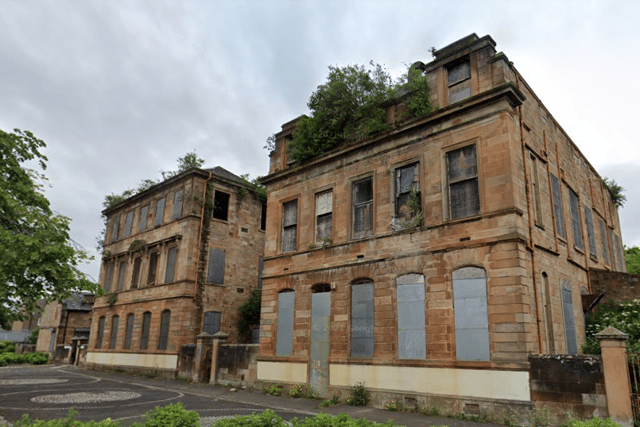

Tureen Street School was a primary school designed by Glaswegian architect John Honey and finished construction in 1875.
The beautiful building is unique looking to say the least, built out of yellow ashlar stone, it has fallen into disrepair since it’s closure.
Where once the sound of children playing on the grounds and studied in classrooms echoed out in the residential area of Calton, the campus now lies derelict, quiet, and empty. Windows have long been boarded up, and the building has been placed on a register of at risk buildings.
Advertisement
Hide AdAdvertisement
Hide AdGlasgow City Council have been trying to sell the building since 2017, and aside from some interest in 2018, no buyer has been identified, and the building still remains for sale.
Golfhill Public School, Dennistoun
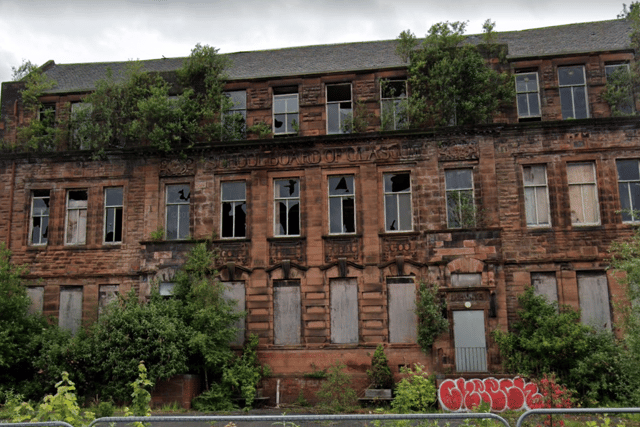

Closing in the early 2000’s to be replaced by the nearby Golfhill Primary School, the original Golfhill Public School has lay disused ever since.
Built in 1902 from red sandstone brick - the building is a classic example of Glaswegian architecture.
The entrance to both the boys and girls entrances are spelled out in wrought iron gates which still stand today.
Advertisement
Hide AdAdvertisement
Hide AdAfter over ten years of planning proposals, which varied from full renovation to tearing the structure down while retaining the facade (even after local planners advised the building remains disused due to structural problems in 2013), a contract was eventually awarded to BARR, who have been planning the redevelopment of the site since 2019.
Now the school will be partially demolished and rebuilt into 18 homes, work is currently underway at the site, but no major demolitions have been made as of yet.
Allan Glen’s School, Townhead
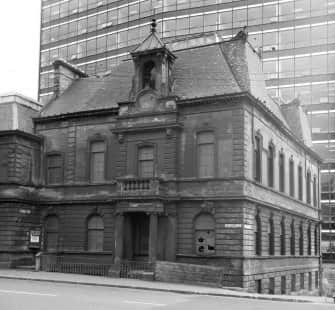

An incredibly prestigous school in it’s day - most students attending Allan Glen’s School had to pay a fee.
The foundation of the school was the dying wish of Allan Glen, an eminent Glaswegian tradesman and incredibly successful businessman. He set up the Allan Glen Endowment Scholarship prior to his death in 1950, in his own words to ‘to give a good practical education and preparation for trades or businesses, to between forty to fifty boys, the sons of tradesmen or persons in the industrial classes of society.’
Advertisement
Hide AdAdvertisement
Hide AdFormally established in 1853 in Townhead on the corner of North Hanover Street and Cathedral Street, the school fostered the careers of many leading Glaswegian scientists and industrialists throughout the late 19th and 20th century.
In the last gasp of the schools lifespan, it changed to a comprehensive school, allowing the admission of students from any background, regardless of funding
This is not to say that all children that ever attended the school in the past were all from wealthy backgrounds, as the school offered many bursaries, as well as offering a reduced fees to the lower classes to allow for working class children to study at the school as well.
Following the closure of the school in 1989, the buildings on Cathedral Street were converted into an annexe for the nearby Glasgow Central College of Commerce. The same buildings were later demolished in 2013 to enable construction of the City of Glasgow College.
St James Primary School, Calton
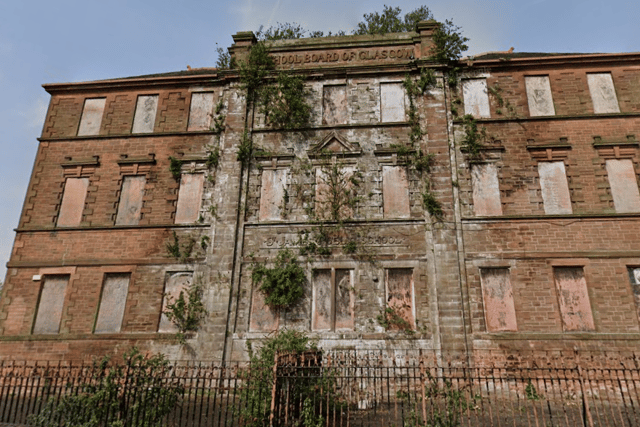

Advertisement
Hide AdAdvertisement
Hide AdLocated just down the road from Tureen Street School in Calton, this disused school became B-listed in the 90’s for it’s imposing architecture and beautiful stonework.
It was constructed in 1895 and demolished in 2009. It has seen some interest in recent years, with one planning proposal even hoping to turn it into a Gaelic school. However, the condition of the site was described as ‘very poor’ in an inspection this month (February 2023) due to water damage. In an inspection in 2013, the site condition was described as ‘very good’.
Initially the gaelic school was set to open on the former site in 2024, reported by The Glasgow Times, although this months discovery is likely to push that date back.
Sir John Maxwell School, Pollok
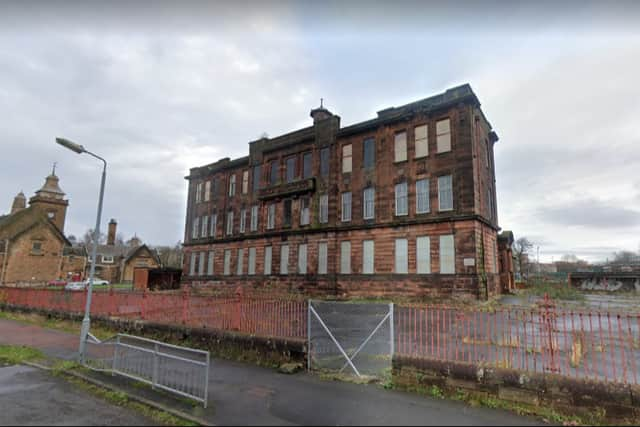

In August 1854 following a public meeting, Sir John Maxwell provided funds to build a successful Industrial School which enabled local children to access free basic education and trade lessons specific to each gender.
Advertisement
Hide AdAdvertisement
Hide AdThe school sold the children’s work from the trade lessons as well as the vegetables they grew to help raise funds.
By 1906 the school was struggling to cope with the number of children requiring education and proposals were drawn up by Eastwood Parish School Board to replace the school with a new building on the same site.
On January 9, 1909, honoured that the school was named after him, Sir John Stirling Maxwell officially opened a modern three storey, red sandstone building built from stone from the Locharbriggs Quarry in Dumfriesshire.
Costing £16,600, the new school provided 22 classrooms, heating and ventilation systems and two large central halls that could accommodate 550 pupils. Night classes were also held at the school and from 1908 to 1915 John Maclean taught classes in Marxism.
The school would sadly close in 2011, where it has remained derelict ever since.
Comment Guidelines
National World encourages reader discussion on our stories. User feedback, insights and back-and-forth exchanges add a rich layer of context to reporting. Please review our Community Guidelines before commenting.
